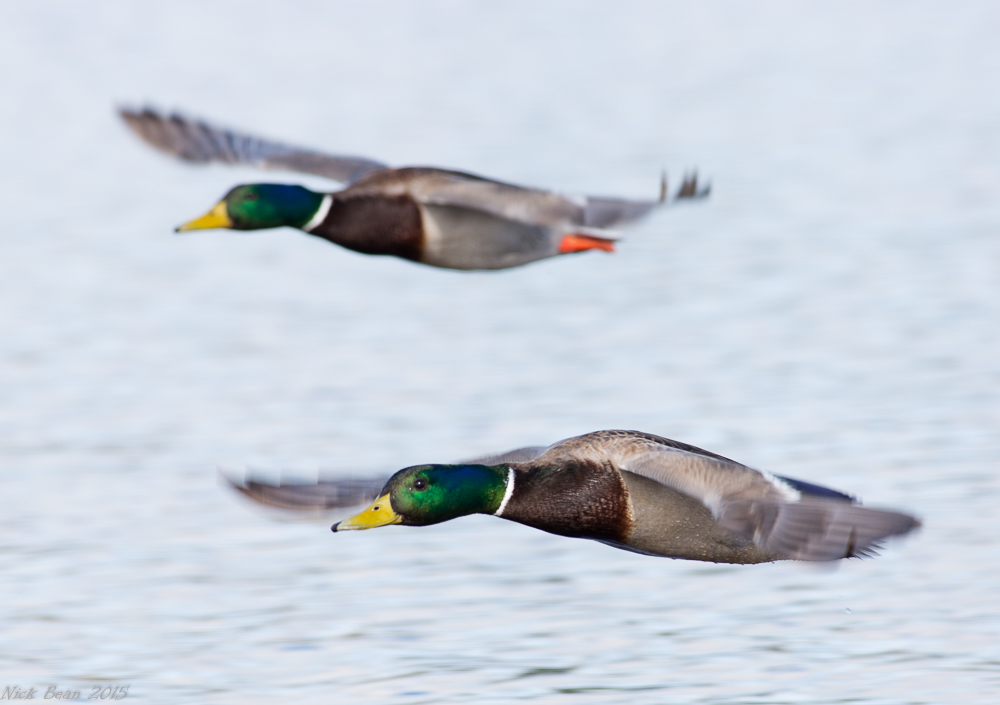Unless you are going for something very creative, where the whole image is just a blur of mixed colours, something in your image needs to be sharp, to ground the viewer and help them understand what the subject is doing. In the cases where your subject is moving through the scene, you want the subject (player, bird, etc) to be sharp (or at least an important part of the subject), but the background can be rendered blurry. A bury background (motion blur) may actually increase the sense of action.
In addition, parts of the subject rendered with motion blur can impart a sense of motion into the image.
When the subject is moving through the scene and you want at least part of the subject to be sharp, you must move the camera during the exposure – i.e. track your subject. Depending on your skill at following the subject, you may be able to get away with a relatively slow shutter, like 1/60th of a second, which may be slow enough to cause blurring of the background.
You will definitely need to experiment with this, as the shutter speed and blur effect is very dependant on the subject motion and your tracking ability. Auto focus is a key requirement here too, so you need to be versed in your cameras focus point assignments so that the auto focus tracks the subject and keeps up with you.
Using flash
Whilst you may use flash to help stop the motion of the subject (particularly insect macro work) if the subject is close enough (within a few meters), flash will not help you with the background in most cases (excepting macro), as flash is generally not powerful enough to reach the background. Thus the background will be lit with ambient light only, and is therefore subject to the effects of camera movement. If its a bright day, and you are using a fast shutter speed, and you are moving the camera to track your subject, then the background may be sharp enough if you are not moving your camera very quickly.
Shutter priority and ISO adjustments
Its important also to use shutter priority here – you want to be in control of the shutter speed, and let the camera choose the aperture. If the depth of field is not appropriate for you, then change ISO. I know this may sound strange, using ISO to dictate aperture, but remember that ISO, shutter and aperture are the three variables you have control over. If you have specified the shutter speed you want, and the camera is in shutter priority, then the camera will pick the aperture based on the light, your specified shutter speed, and your specified ISO.
So, if your DoF is too great, then you need to use a larger aperture (smaller f-stop number). To force the camera to select a larger aperture, you need to say that your sensor is less sensitive, so the camera will let in more light. So decrease the ISO (less sensitive).
If your DoF is too shallow, then you need to use a smaller aperture (bigger f-stop number). To force the camera to select a smaller aperture, you need to say that your sensor is more sensitive, so the camera will let in less light. So increase the ISO (more sensitive).

